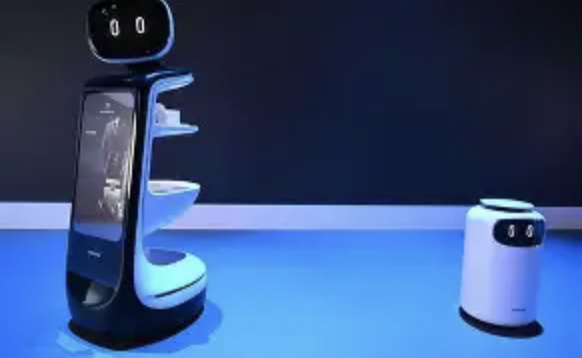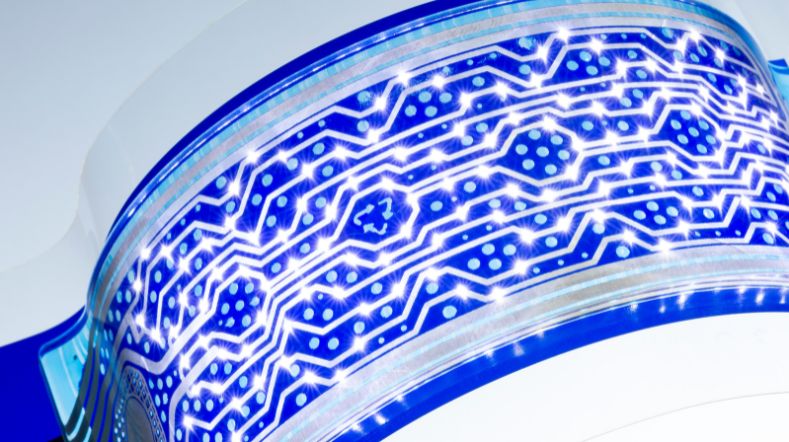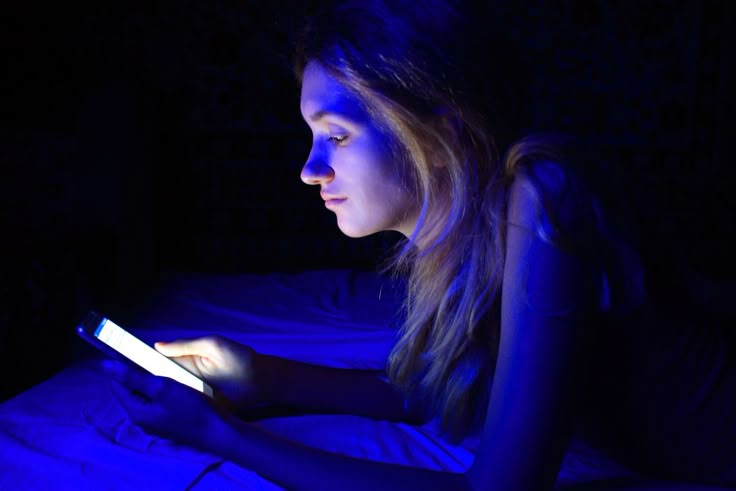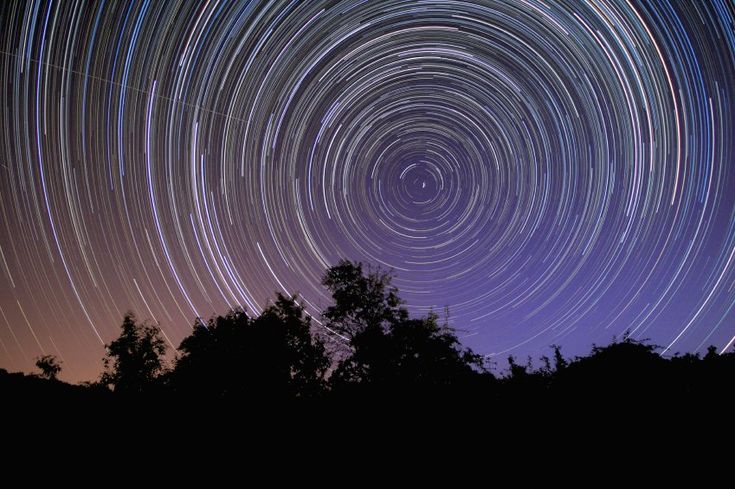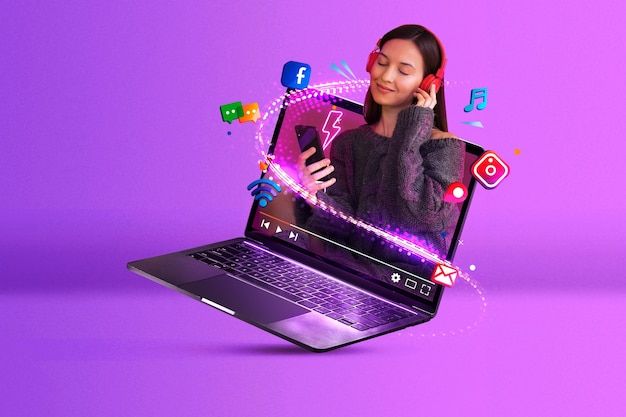The New Generation of AI Driven Creative Advertising
When advertising meets artificial intelligence, even the ceiling of imagination seems to be redefined. In the past, creativity was seen as a mysterious talent, belonging only to a few inspired artists and advertisers. Today, AI is quietly stepping in—not only as a tool but also as a collaborator—making the creative process of advertising bolder, faster, and more personalized.
Inspiration Is No Longer Alone
In the advertising industry, “creativity” has always been the hardest thing to quantify. With algorithms and generative models, AI can extract hidden emotional cues and cultural symbols from massive amounts of data, offering creators an entire set of unexpected combinations. What might take a creative team weeks to brainstorm can now be generated by AI in minutes. This doesn’t mean human creativity is being replaced—it simply means there’s now a tireless brainstorming partner at the table.
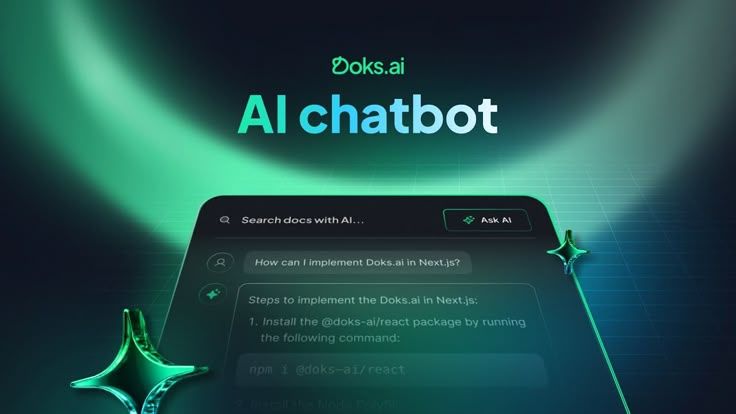
Personalization at Its Finest
Traditional advertising often targeted “groups,” but AI-driven advertising can now focus on “individuals.” By analyzing viewers’ preferences, consumer habits, and emotional states, advertising content can adjust in real time. You might just have finished watching a sci-fi movie on a streaming platform, and the next ad you see could be filled with cosmic elements—even the dialogue might echo your recent emotions. This level of personalized experience transforms advertising from one-way messaging into a more intimate conversation.
From Copy to Visuals AI Does It All
With AI’s support, advertising is no longer bound by traditional production workflows. Generative AI can craft compelling copy and create cinematic-level visuals and music. A few lines of instructions are enough to instantly generate a virtual setting, a brand story, or even a moving soundtrack. This speed and flexibility open the door for smaller brands—advertising is no longer a luxury requiring massive budgets but a creative tool within reach.
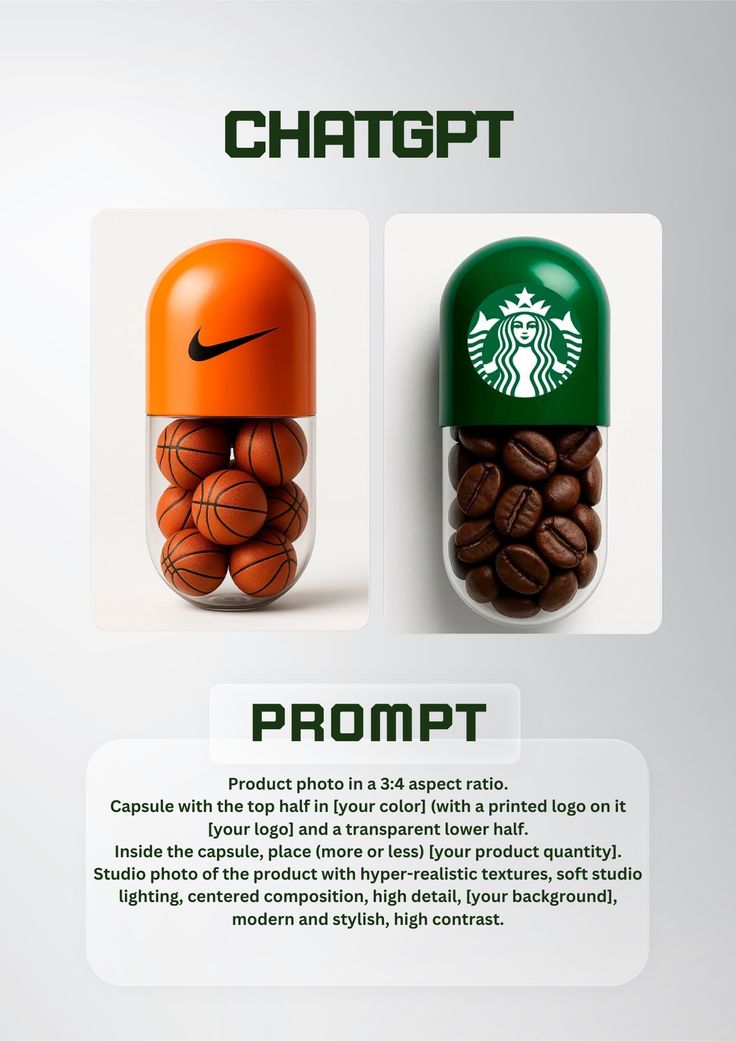
Boundaries and Controversies
However, when AI can write, draw, and even predict human psychology, the boundaries of advertising become more complex. Do audiences truly want algorithms to“read their minds”so precisely? Could AI-generated ads unintentionally reinforce cultural biases or information bubbles? And if a campaign’s creativity is entirely machine-made, does the brand still retain its own soul? These questions are emerging as critical ethical concerns for the industry.
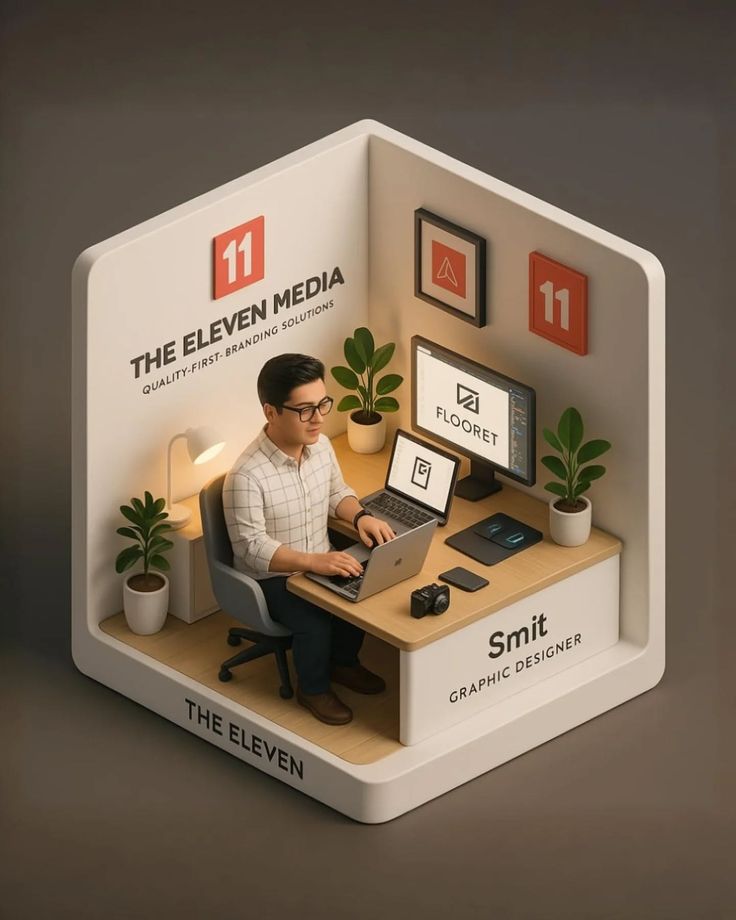
What the Future May Look Like
Despite the controversies, it’s clear that AI-driven advertising will reshape the entire ecosystem. Advertisers may no longer be just creators but directors, curators, and gatekeepers of AI output. Their role will be to refine AI’s countless possibilities into works that align with human values and brand identity. Future advertising may not be a single video or image, but an immersive experience—an interaction between users and brands generated in real time by AI, unique with every encounter.
Advertising has never been just about selling; it has always been a form of cultural storytelling. With AI, this is both a revolution in efficiency and a reimagining of imagination itself. Creative advertising is stepping into an unprecedented era—a world where data meets inspiration, where algorithms dance with art. Perhaps in the future, every ad will be an intimate dialogue with its audience, with AI as the bridge seamlessly connecting brands and human emotion.
(Writer:Laurro)
